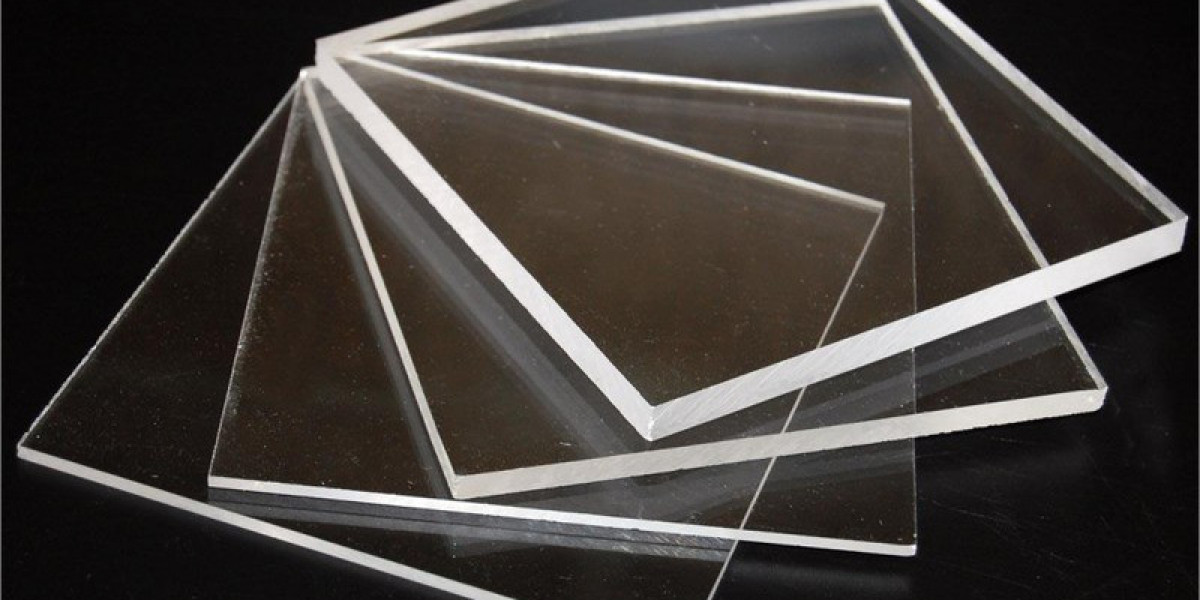The Importance of Maintaining Normothermia in Patients During Surgical Procedures
Maintaining a patient's normal body temperature, or normothermia, is crucial for their well-being and recovery during surgical procedures. Hypothermia, a condition characterized by a drop in core body temperature below 36°C (96.8°F), can lead to various complications, such as increased bleeding, delayed wound healing, and a higher risk of infection. Patient warming devices play a vital role in preventing hypothermia and ensuring optimal patient outcomes.
Patient Warming Devices are several factors that can contribute to hypothermia during surgery, including exposure to cold operating room temperatures, the use of cold intravenous fluids, and the effects of anesthesia on the body's temperature regulation. By utilizing patient warming devices, healthcare professionals can counteract these factors and maintain the patient's core body temperature within a safe range.
Types of Patient Warming Devices
Patient warming devices come in various forms, each designed to address specific needs and preferences. Some of the most common types of patient warming devices include:
1. Forced-Air Warming (FAW) Systems: These devices use a portable heater to blow warm air through a disposable blanket that is draped over the patient. FAW systems are widely used due to their effectiveness, versatility, and ease of use.
2. Electric Blankets and Pads: These devices use electrical heating elements to provide direct heat to the patient. They are often used in pre-and post-operative settings, as well as in long-term care facilities.
3. Conductive Fabric Blankets: These blankets are made from specially designed materials that retain and distribute heat evenly across the patient's body. They are often used in conjunction with other warming devices for optimal results.
4. Fluid Warming Systems: These devices are used to warm intravenous fluids and blood products before they are administered to the patient. By preventing the infusion of cold fluids, fluid warming systems help maintain normothermia and reduce the risk of hypothermia-related complications.
Benefits of Using Patient Warming Devices
The use of patient warming devices offers numerous benefits for both patients and healthcare providers. Some of the key advantages include:
1. Reduced Risk of Complications: By maintaining normothermia, patient warming devices help reduce the risk of hypothermia-related complications, such as surgical site infections, cardiovascular events, and delayed wound healing.
2. Improved Patient Comfort: Patients who are kept warm and comfortable during surgical procedures often report higher levels of satisfaction and a more positive overall experience.
3. Faster Recovery Times: Maintaining normothermia has been shown to promote faster recovery times, allowing patients to return to their normal activities sooner.
4. Cost Savings: By reducing the incidence of complications and accelerating recovery times, patient warming devices can help healthcare facilities save money on additional treatments and extended hospital stays.
Choosing the Right Patient Warming Device
When selecting a patient warming device, healthcare providers must consider several factors to ensure optimal patient care. These factors include:
1. Patient Needs: The specific needs of the patient, such as their age, weight, and medical condition, should be taken into account when choosing a warming device.
2. Procedure Type: Different surgical procedures may require different types of warming devices. For example, forced-air warming systems may be more suitable for longer surgeries, while electric blankets may be sufficient for shorter procedures.
3. Ease of Use: The warming device should be easy to operate and maintain, with clear instructions and minimal setup time.
4. Cost-Effectiveness: Healthcare facilities should consider the long-term costs and benefits of each warming device, including the cost of disposables, maintenance, and energy consumption.
Proper Use and Maintenance of Patient Warming Devices
To ensure the safe and effective use of patient warming devices, healthcare providers must follow proper protocols and guidelines. This includes:
1. Regular Maintenance: Patient warming devices should be inspected and maintained regularly to ensure they are functioning properly and are free from defects.
2. Proper Cleaning and Disinfection: Reusable components of warming devices, such as blankets and hoses, must be thoroughly cleaned and disinfected between uses to prevent the spread of infection.
3. Staff Training: Healthcare staff should be properly trained on the use and maintenance of patient warming devices to ensure optimal patient care and safety.
4. Monitoring Patient Temperature: Regular monitoring of the patient's core body temperature is essential to ensure that the warming device is effectively
Get more insights on, Patient Warming Devices
Get This Report in Japanese Language: 患者用温熱機器
Get This Report in Korean Language: 환자 보온 장치
About Author:
Ravina Pandya, Content Writer, has a strong foothold in the market research industry. She specializes in writing well-researched articles from different industries, including food and beverages, information and technology, healthcare, chemical and materials, etc. (https://www.linkedin.com/in/ravina-pandya-1a3984191)










